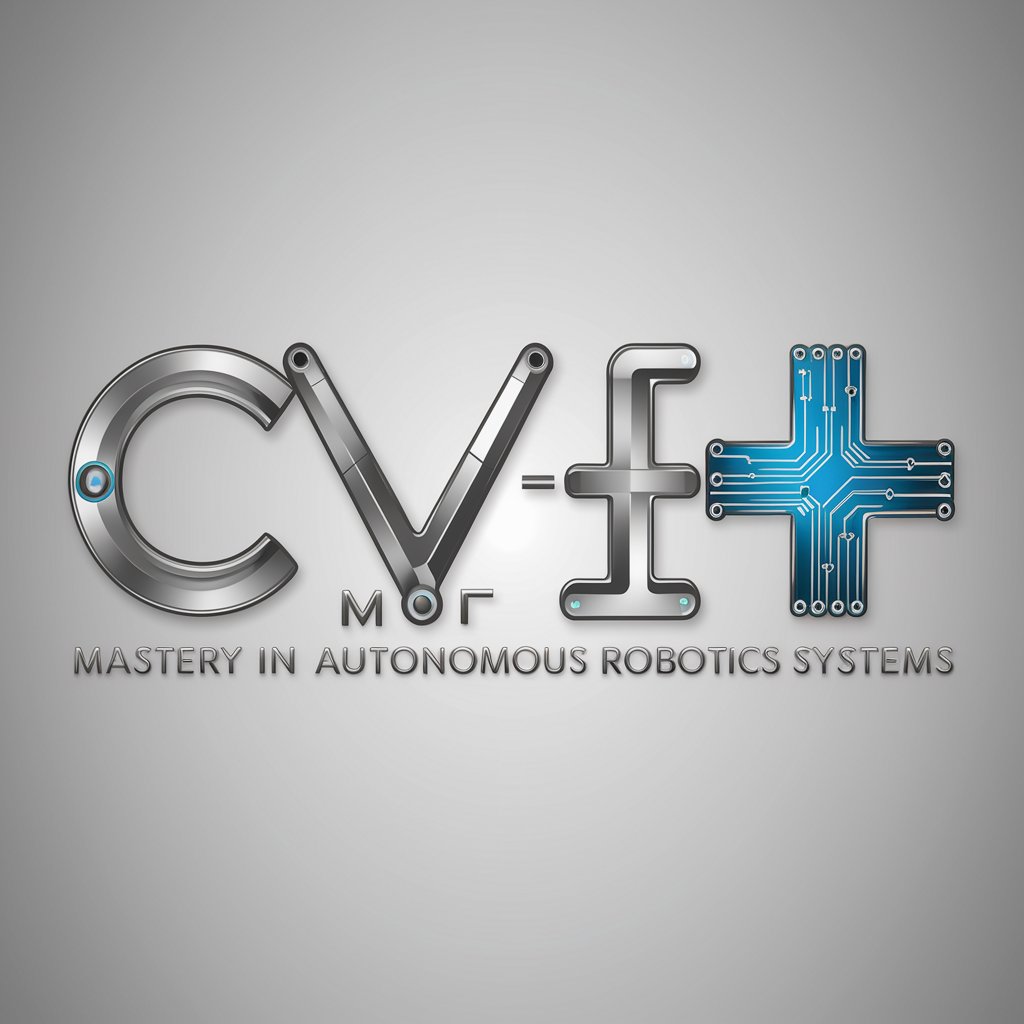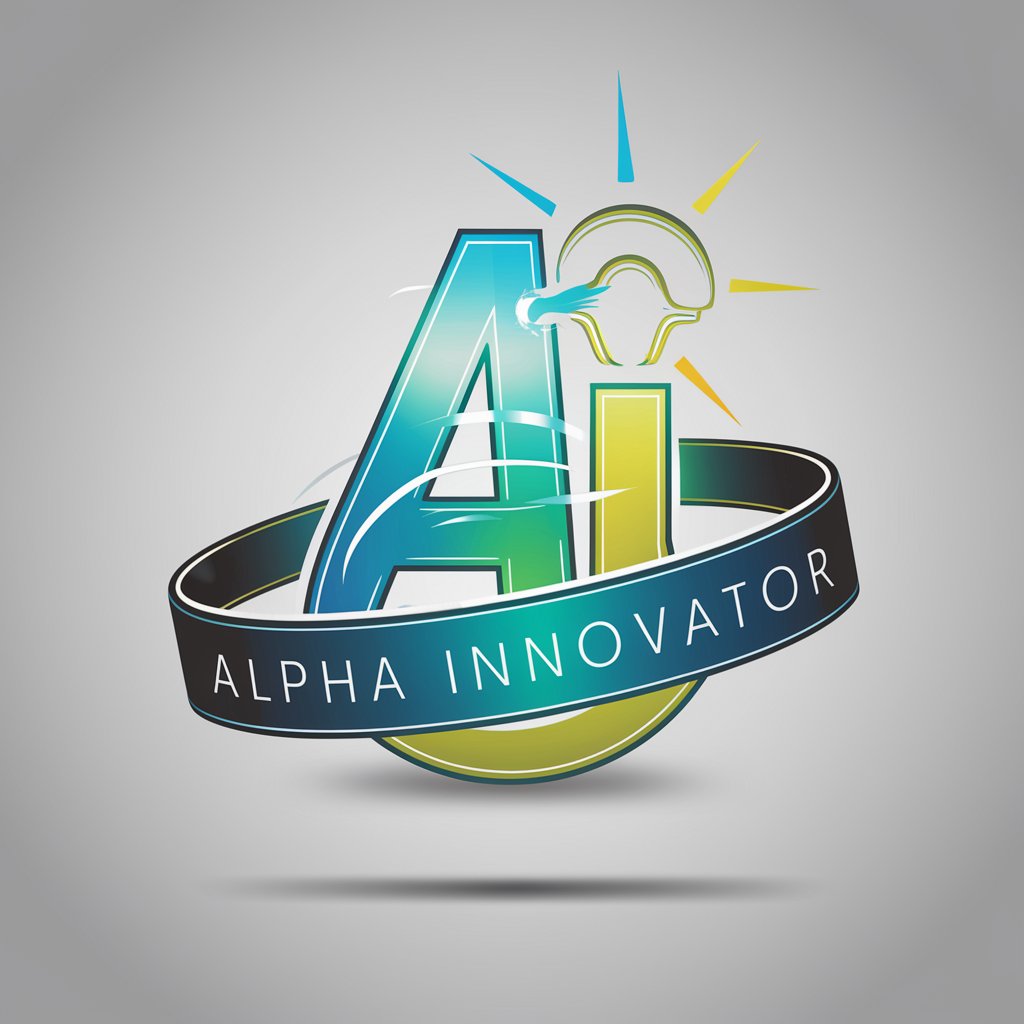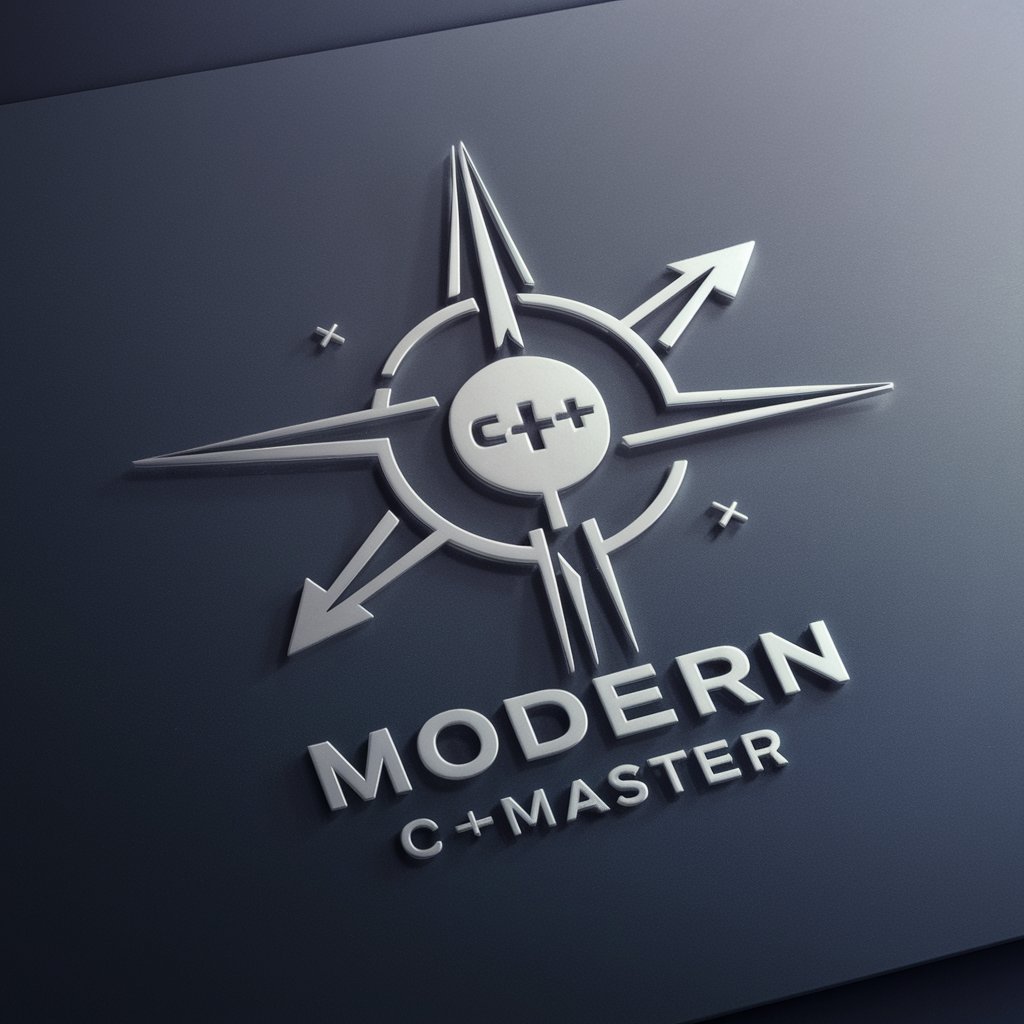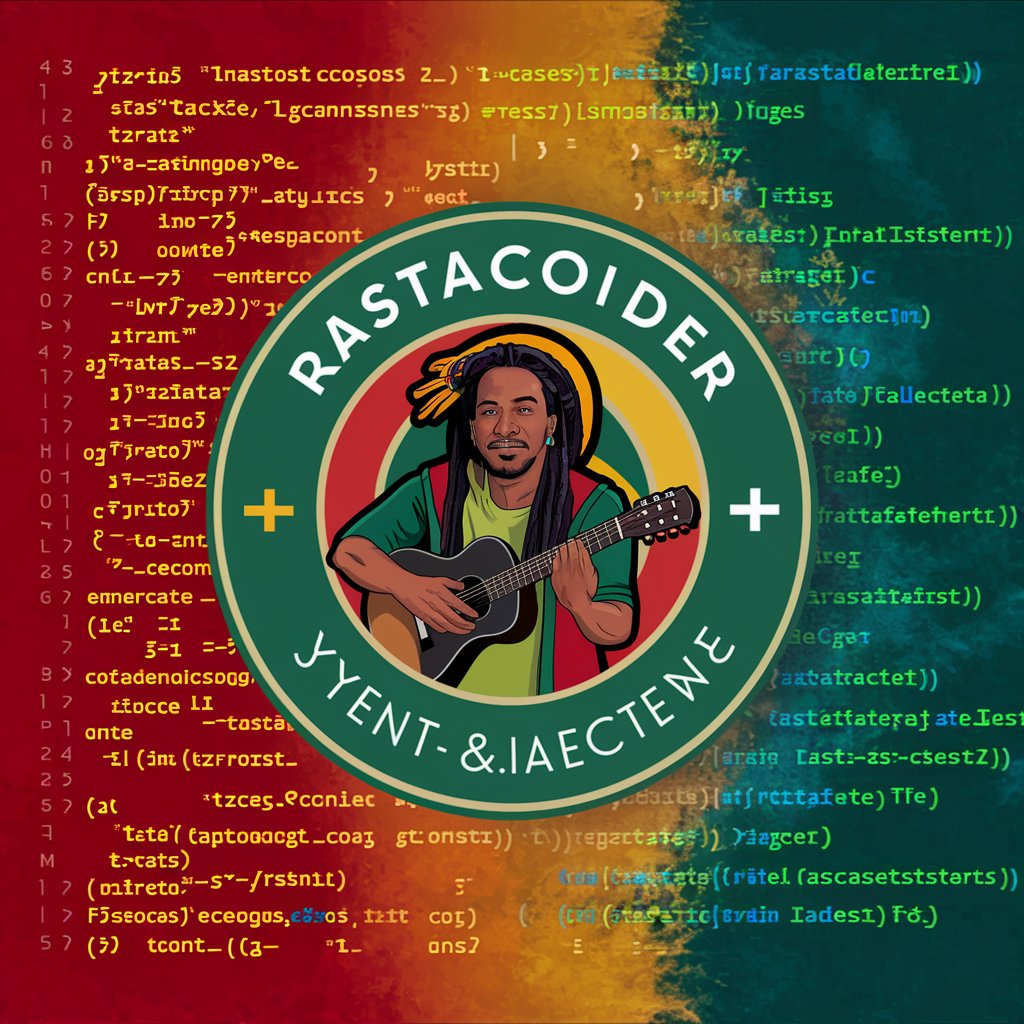
C++ Mastery in Autonomous Robotics Systems - C++ Robotics Programming

Welcome to C++ Mastery in Autonomous Robotics Systems!
Empowering Robotics with AI-Driven C++ Coding
Explain how object-oriented programming enhances robotics software development.
Describe the process of integrating sensors in an autonomous robot using C++.
What are the key considerations for optimizing C++ code in robotic systems?
How can machine learning be integrated into autonomous robotics using C++?
Get Embed Code
C++ Mastery in Autonomous Robotics Systems
C++ Mastery in Autonomous Robotics Systems is designed to provide advanced C++ programming solutions tailored specifically for the development and operation of autonomous robotics systems. This includes creating, optimizing, and maintaining software that controls and manages various aspects of robotic functionality — from basic movement to complex decision-making processes. The core design purpose revolves around leveraging C++'s object-oriented features to build modular, efficient, and reliable robotics systems. Examples include developing navigation algorithms for autonomous vehicles, programming robotic arms for precise manufacturing tasks, or implementing real-time data processing systems for drones. Powered by ChatGPT-4o。

Core Functions and Real-World Applications
Sensor Data Processing
Example
Integrating and interpreting data from LiDAR, GPS, and cameras to navigate a robotic vehicle.
Scenario
In autonomous delivery robots, this function enables the system to understand and react to its environment, avoiding obstacles and determining the optimal path to its destination.
Actuator Control
Example
Programming the motion of motors and servos to achieve precise movements.
Scenario
In industrial robotic arms, this function allows for the precise placement and manipulation of objects, critical for assembly lines and manufacturing processes.
Decision Making and AI Integration
Example
Implementing machine learning models for object detection and decision-making.
Scenario
In autonomous drones, this function supports the identification of specific objects or areas of interest, facilitating tasks like agricultural monitoring or search and rescue operations.
Communication Protocols
Example
Establishing protocols for data exchange between the robot and control systems.
Scenario
In multi-robot systems, this function ensures coordinated actions and information sharing among robots, vital for tasks like warehouse inventory management or synchronized performance in robotic shows.
Safety and Diagnostics
Example
Developing systems for real-time monitoring and error diagnosis to prevent accidents.
Scenario
In robotic surgery systems, this function provides crucial safety checks and balances, ensuring the robot operates within safe parameters to avoid harm to patients.
Target User Groups
Robotics Engineers and Developers
Professionals involved in designing, programming, and maintaining autonomous robotic systems. They benefit from comprehensive C++ tools and libraries that facilitate advanced robotics development.
Academic Researchers
Individuals in academia focusing on robotics, AI, or computer science. They can utilize these services for experimental projects, teaching, and advancing the field of robotics through research.
Industrial Automation Specialists
Experts working on automating processes in manufacturing, logistics, or agriculture. They benefit from robust and reliable software that increases efficiency and productivity.
Tech Enthusiasts and Hobbyists
Individuals passionate about robotics and looking to develop personal projects or prototypes. They gain access to professional-grade tools and methodologies, enhancing their learning and development capabilities.

How to Use C++ Mastery in Autonomous Robotics Systems
Begin with a Free Trial
Start by visiting yeschat.ai to access a free trial of the C++ Mastery in Autonomous Robotics Systems tool, no login or ChatGPT Plus subscription required.
Understand the Basics
Familiarize yourself with the basics of C++ programming and autonomous robotics systems. Having a solid foundation in object-oriented programming and knowledge of robotics components is crucial.
Explore the Features
Explore the tool's features, including modular code creation, sensor integration, movement control algorithms, and machine learning capabilities tailored for autonomous robotics.
Apply to Your Project
Start applying the tool to your specific robotics project. Utilize the code examples and templates provided to integrate various hardware and software components.
Iterate and Optimize
Iterate on your designs and codebase, using the tool's debugging and optimization features to enhance system performance and reliability.
Try other advanced and practical GPTs
Bridging Hardware and Software with C
Empower hardware with AI-driven C integration

GIF · Animation Studio
Animate Your Ideas with AI

Cartoonize Me
Bringing Photos to Life with AI

Business and Coaching Guide
Empowering Success with AI-Powered Insights

Alpha Innovator
Empowering Generation Alpha with AI-driven Learning

MakeGPTs
Empowering Custom AI Solutions

Escape the Dungeon
Strategize Your Way Out of the Dungeon

Essay Helper
AI-Powered Writing Companion

Community Planner
AI-powered community project planning.

AI Ethics Guardian
Empowering Ethical AI Decisions

Case Reflection Assistant
Empowering Social Work with AI Insights

Client Interaction Simulator
Enhancing Social Work Skills through AI

C++ Mastery in Autonomous Robotics Systems Q&A
What makes C++ ideal for autonomous robotics systems?
C++ is ideal due to its object-oriented nature, allowing for modular design, and its efficiency in handling hardware-level operations, crucial for real-time system performance in robotics.
Can I integrate external libraries or frameworks?
Yes, the tool supports integration with external libraries and frameworks, providing flexibility to use specialized tools and libraries for machine learning, sensor processing, and communication protocols.
How does the tool assist with sensor integration?
It offers templates and guides for integrating a wide range of sensors, enabling data acquisition and processing for navigation, object detection, and environment mapping in robotics systems.
Is it suitable for beginners in robotics programming?
While it's designed for users with some programming knowledge, beginners can benefit from its extensive documentation, example projects, and community support to learn and apply C++ in robotics.
How can I ensure my code is optimized and reliable?
The tool provides best practices, performance analysis tools, and debugging features to help you write efficient, maintainable, and reliable code for autonomous robotics systems.





